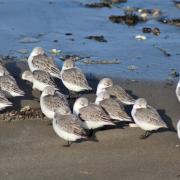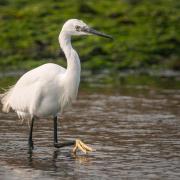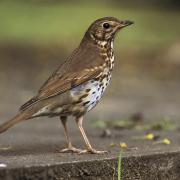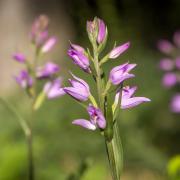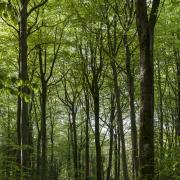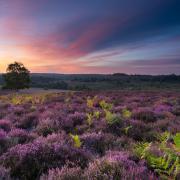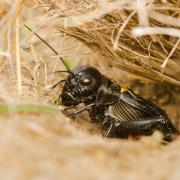These prickly creatures are fast becoming an endangered species in 21st century Britain. Tiffany Francis has ways that you can help them flourish again
As spring settles in and we start to relax in balmy pub gardens, the humble hedgehog is gearing up for its busiest time of the year. Once they have matured at two years old, May is the month for hedgehogs to woo a prickly mate and produce a litter of hoglets, a process that begins with a fascinating ritual of snorting, circling and chasing off unfriendly rivals. The act of mating is made easier by the female flattening her spines, and by June or July she will give birth to a litter of four or five tiny hoglets, who will be ready to leave the nest within a month.
Did you know the collective name for a group of hedgehogs is an ‘array’? The word hedgehog was first used over 500 years ago, derived from the Middle English heyg for hedge, as it snuffles about in the hedgerow, and hoge for hog, due to its piggy snout. One of our most unique and fascinating mammals, they tend to live in gardens and parks, where bushes provide excellent cover for daytime snoozing, and they can find their favourite foods: beetles, earthworms and slugs. For this reason, they are a fantastic animal to encourage into our gardens to gobble up plant-eating pests.
Despite their secretive habits and protective spines, hedgehogs are one of Britain’s most endangered wild animals, declining here as fast as tigers are worldwide. In the 1950s, hedgehog populations were estimated at over 36 million across the country; now there are fewer than one million. The main threats come from development and habitat loss, as our gardens become closed off by fences and hedgehogs are unable to keep away from the roads. They are also vulnerable to poisonous slug pellets and bonfires, as they love to hibernate in warm piles of leaves.
Fortunately, the future of Britain’s hedgehogs can be secured by making our gardens more wildlife friendly. The combined area of Britain’s gardens equate to a space larger than all our national nature reserves, and when hedgehogs are able to travel safely between them their numbers can start to stabilise. Hedgehogs are protected under the Wildlife and Countryside Act 1981, and with a little community spirit it is possible for populations to increase again! Get in touch with the Hedgehog Preservation Society at britishhedgehogs.org.uk, and let’s make Hampshire into a hedgehog paradise once more.
Easy ways to help Hedgehogs
• Make a hole in your fence: A CD-sized hole will allow hedgehogs to increase their territory. Ask your neighbours too!
• Avoid slug pellets: Place saucers of beer around instead to intoxicate slugs without killing hogs
• Create a wild corner: Make a pile of leaves for hogs to hibernate inside later in the year
• Provide food and water: Leave bowls of dry dog food and water out, and make sure hogs can climb out of ponds if they pop in for a swim
• Check your bonfires: Move bonfires before lighting to allow sleeping hedgehogs to escape





